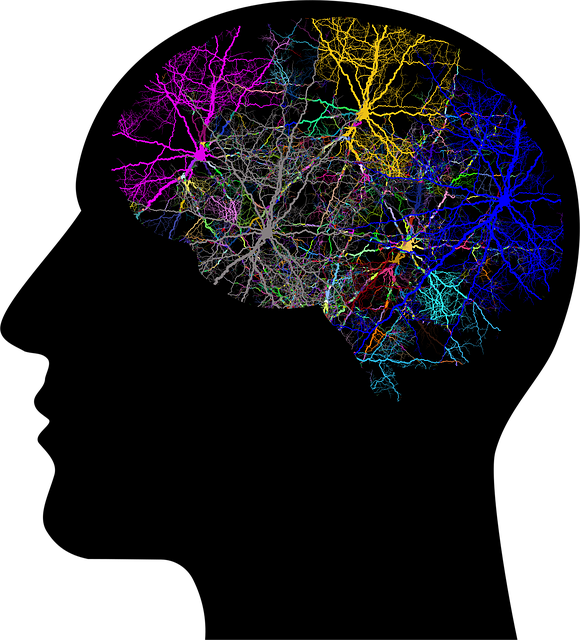Power distribution CAD modeling transforms utility planning by creating detailed 3D models of overhead and underground power systems. This technology enables visualization, load management, fault analysis, and infrastructure upgrades through simulation. It optimizes network design, enhances efficiency, reduces costs, and ensures reliable energy delivery for future-proof power distribution networks.
In today’s digital era, accurate rendering of underground and overhead electrical systems is crucial for utilities. This article explores the intricacies of understanding and visualizing these power distribution networks using Computer-Aided Design (CAD) modeling. We delve into advanced rendering techniques for utility mapping, highlighting integration with real-world distribution networks. By combining CAD modeling with precise rendering, utilities can enhance infrastructure planning, maintenance, and public safety, ultimately optimizing power distribution.
Understanding Underground and Overhead Power Systems
Underground and overhead electrical systems form the backbone of modern power distribution networks, each with its unique advantages and applications. Underground power systems, often referred to as cable networks, are characterized by their intricate web of cables buried beneath the earth’s surface. This method offers protection from harsh weather conditions, minimizes visual impact, and ensures safe electrical transmission. On the other hand, overhead power lines transmit electricity through aerially suspended conductors, providing a more visible yet efficient and cost-effective solution.
Power distribution CAD modeling plays a pivotal role in conceptualizing, designing, and maintaining these systems. Advanced computer-aided design software enables engineers to create detailed digital replicas of electrical networks, facilitating complex planning and visualization. By simulating various scenarios, including load management, fault analysis, and infrastructure upgrades, utilities can optimize their power distribution strategies, ensuring reliable and efficient service while incorporating the latest technological advancements.
CAD Modeling: Visualizing Electrical Infrastructure
Power distribution systems, both underground and overhead, form the critical backbone of modern utilities. Visualizing these complex infrastructures is where CAD modeling steps in as a game-changer. By creating detailed 3D models, engineers can see every component—from power lines to substations—in a clear, holistic manner, enhancing planning and design precision.
This advanced technology allows for the simulation of various scenarios, including load flows, fault analysis, and equipment placement, making it easier to identify potential issues before they become costly problems. With CAD modeling, utilities can efficiently manage existing networks while designing future-proof power distribution systems, ensuring reliable energy delivery for years to come.
Rendering Techniques for Utility Mapping
Rendering techniques play a pivotal role in visualizing and communicating complex utility maps, especially for power distribution networks. Advanced computer-aided design (CAD) modeling software has revolutionized how we create and present these critical infrastructure representations. By employing realistic rendering strategies, engineers and project managers can effectively showcase overhead and underground electrical systems.
Through CAD rendering, professionals can generate detailed 3D models that depict power lines, substations, and cable networks. These visual aids enable stakeholders to gain a comprehensive understanding of the utility layout, facilitating informed decision-making. Realistic rendering considers factors like lighting, textures, and material properties to produce images or animations that closely mirror the actual infrastructure, thereby enhancing communication and planning processes in the utilities sector.
Integrating Design with Real-World Distribution Networks
Integrating design with real-world power distribution networks is a complex yet crucial aspect of utilities rendering. Modern power distribution systems, often characterized by their intricate overhead and underground components, demand precise CAD modeling to ensure optimal efficiency and safety. Advanced CAD software allows engineers to meticulously map out these networks, considering factors like voltage levels, current capacity, and terrain variations.
This digital approach streamlines the planning and implementation phases, enabling utility companies to visualize and analyze complex layouts before construction begins. By integrating design with real-world constraints, such as existing infrastructure, environmental considerations, and regulatory standards, utilities can enhance system reliability, reduce costs, and minimize disruptions during power distribution operations.
The integration of advanced power distribution systems, facilitated by CAD modeling, is transforming how we visualize and manage underground and overhead electrical infrastructure. By employing rendering techniques that bring utility mapping to life, professionals can better understand complex network interactions and ensure efficient design implementation. This holistic approach bridges the gap between digital design and real-world distribution networks, paving the way for smarter, more sustainable energy solutions.
